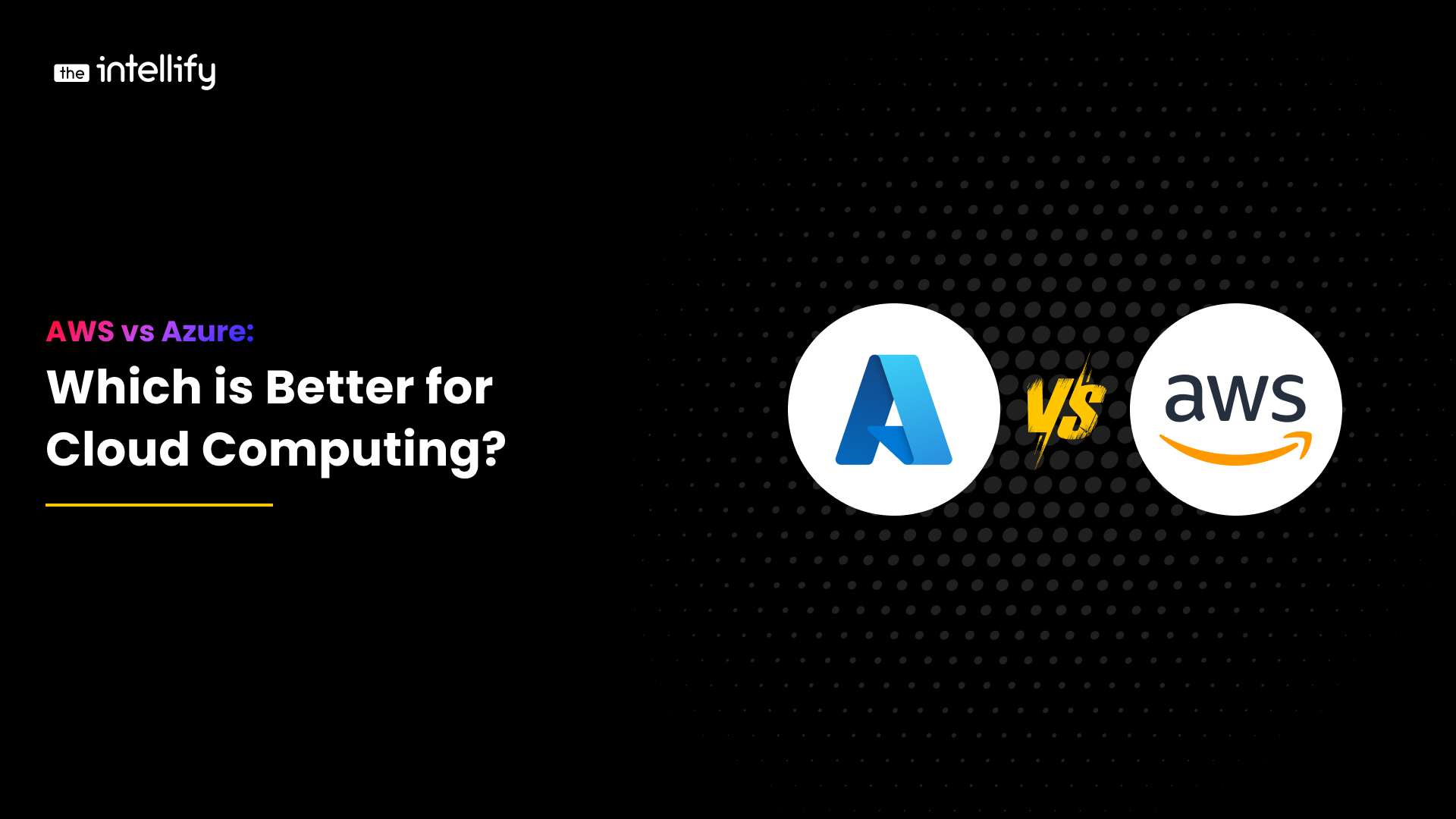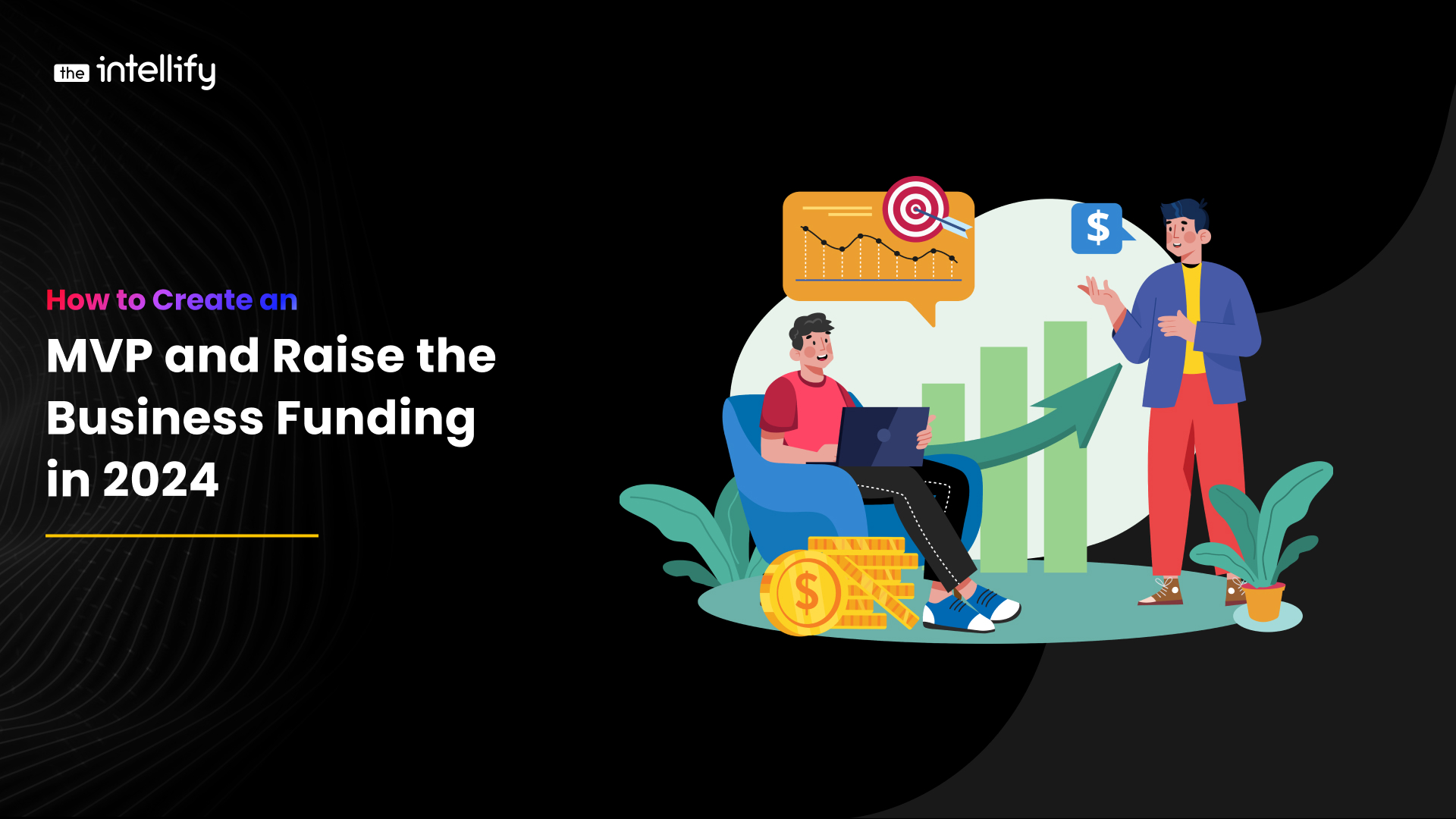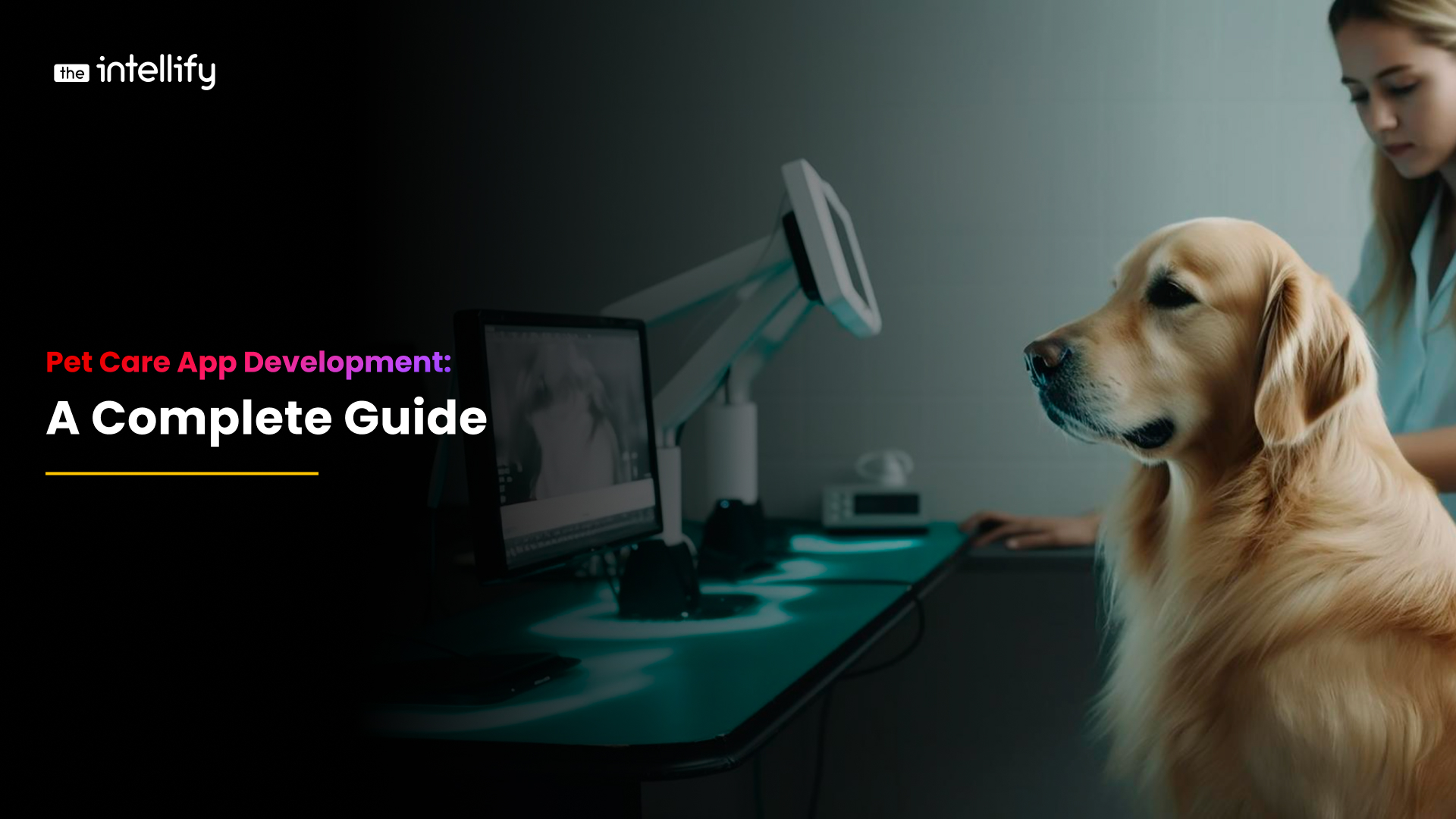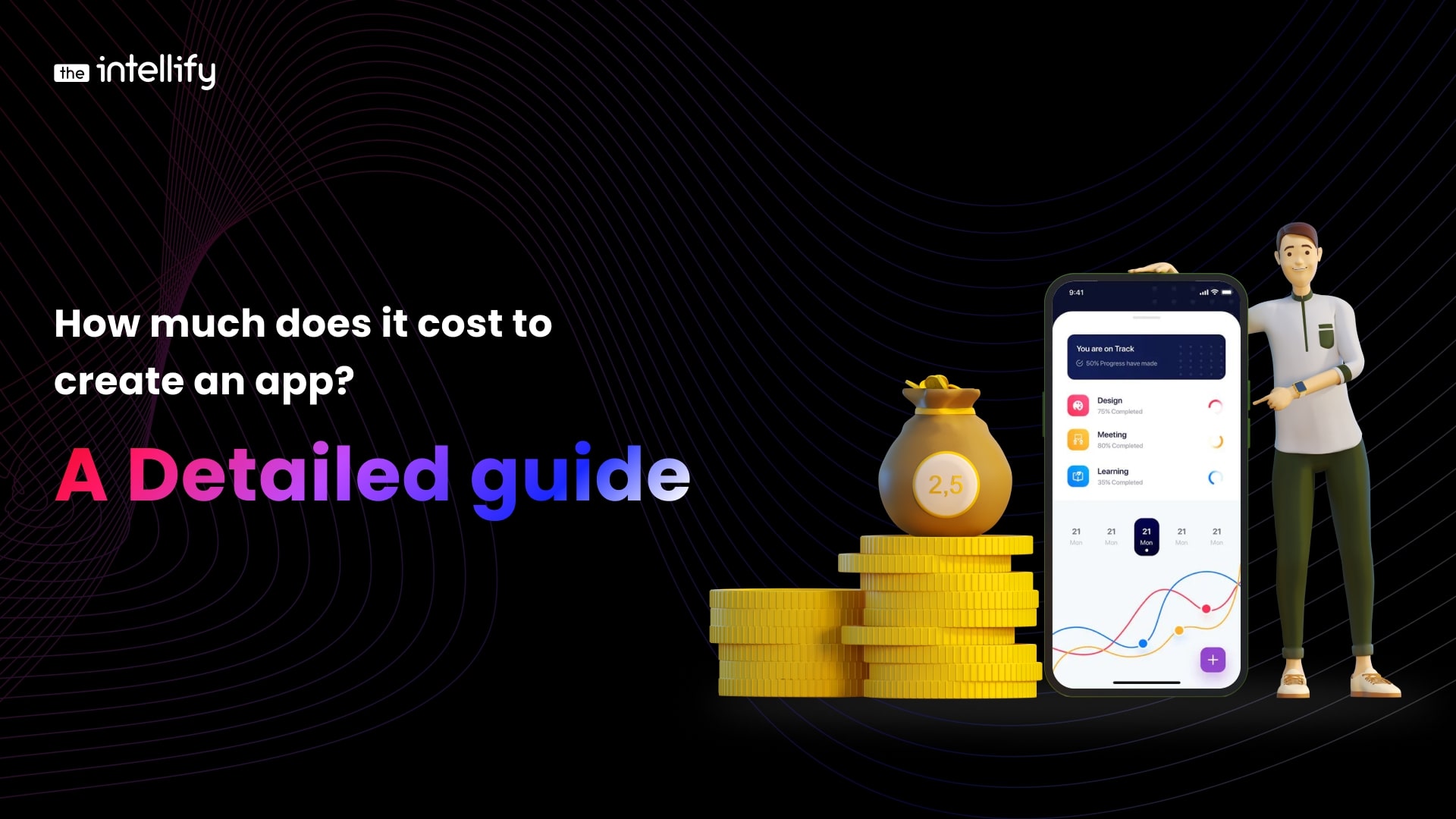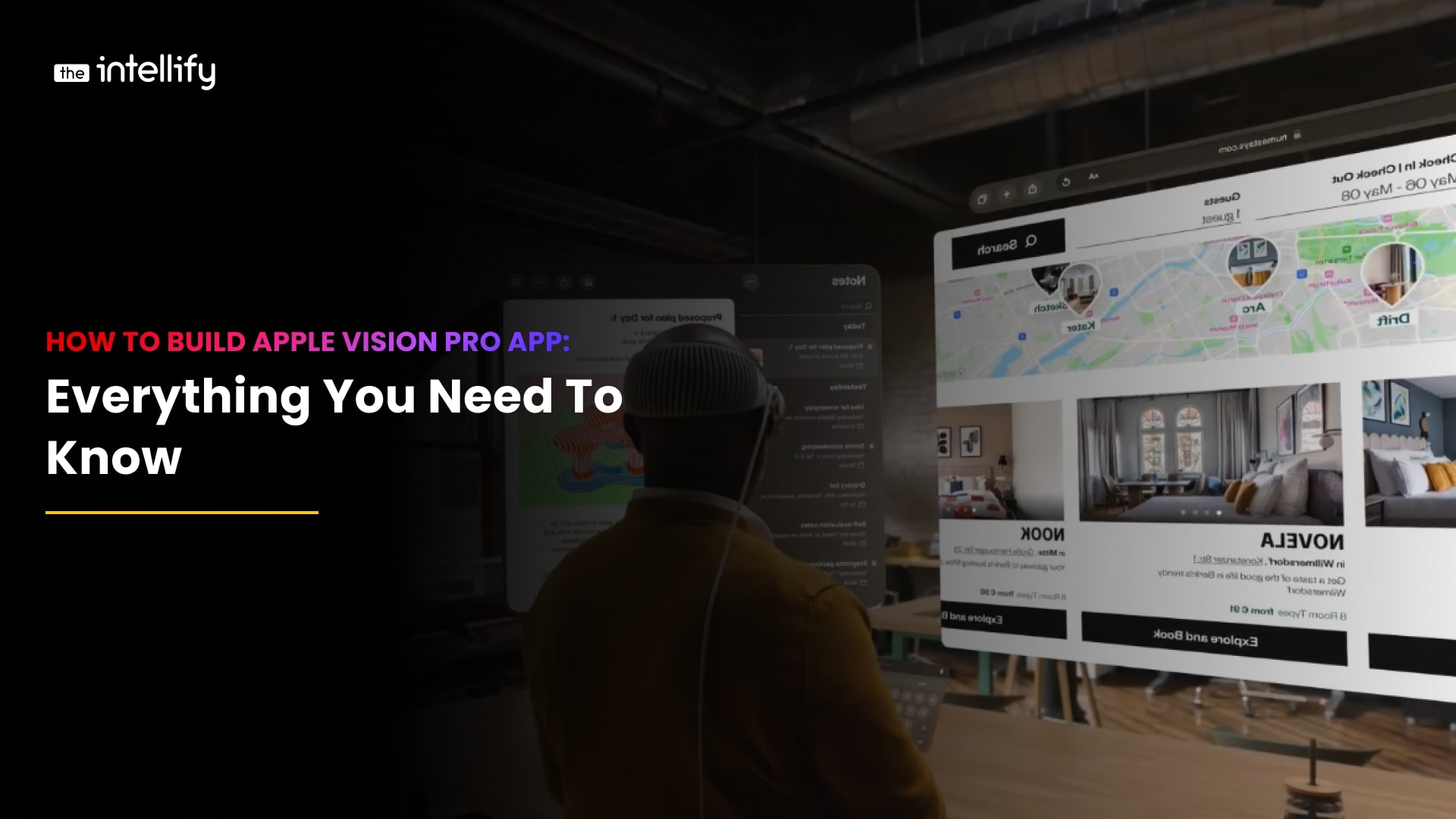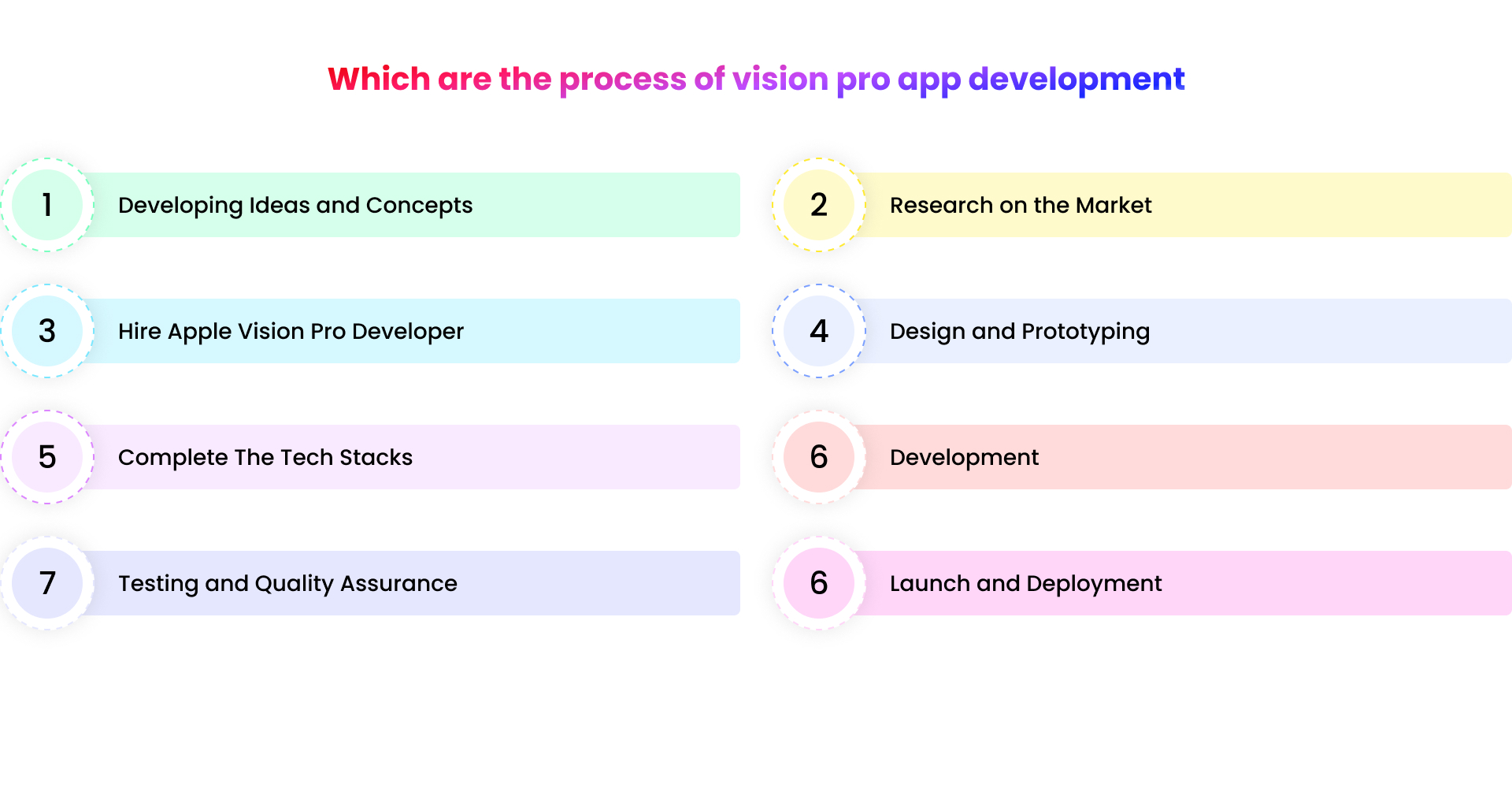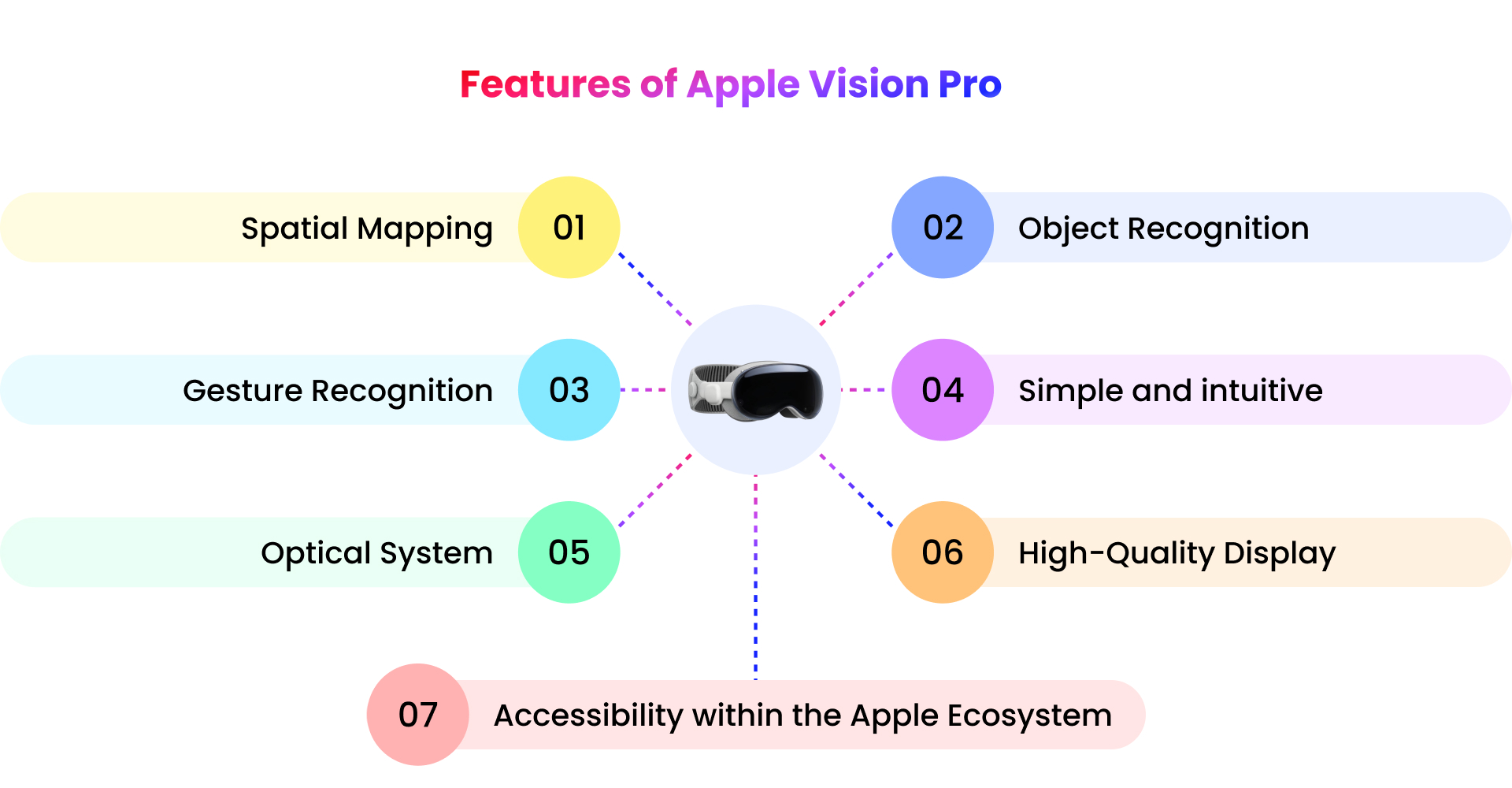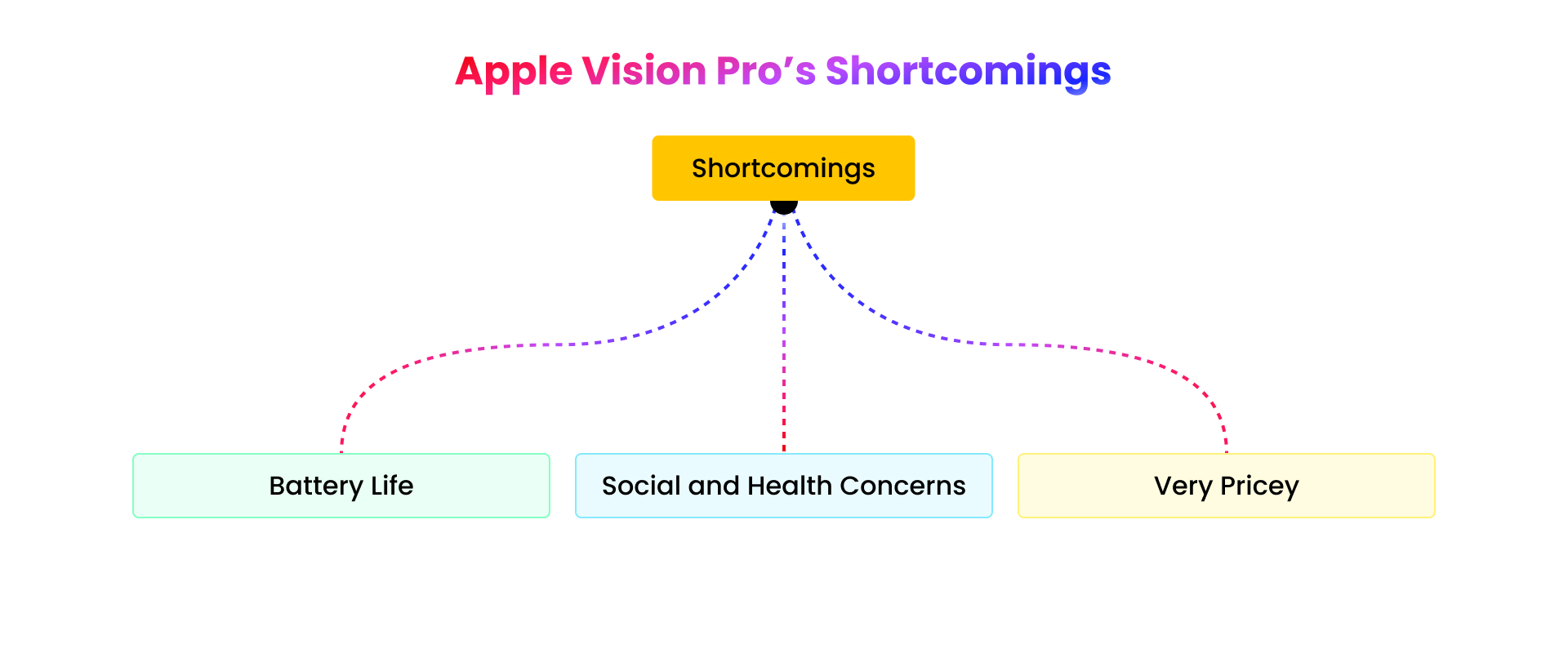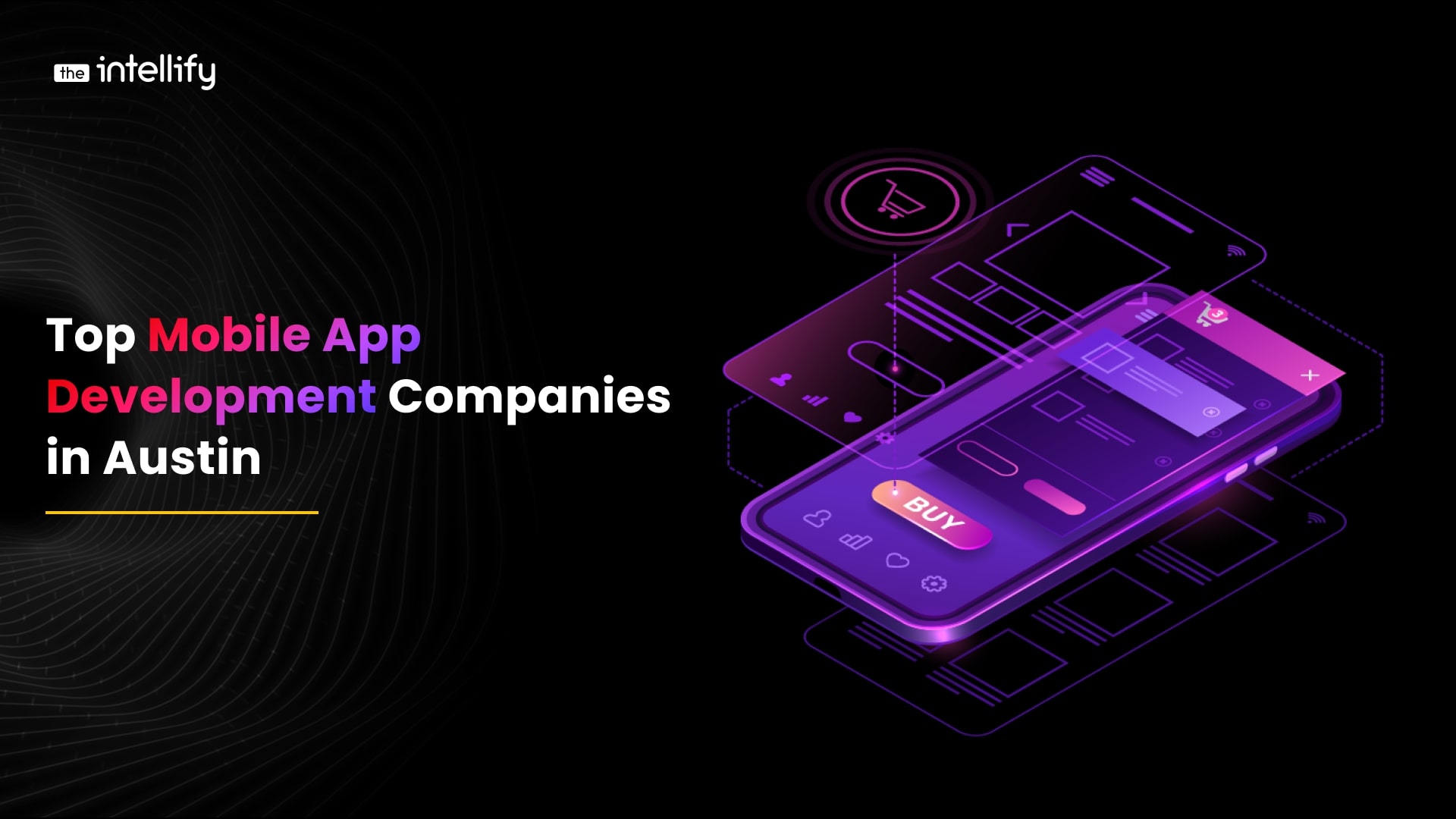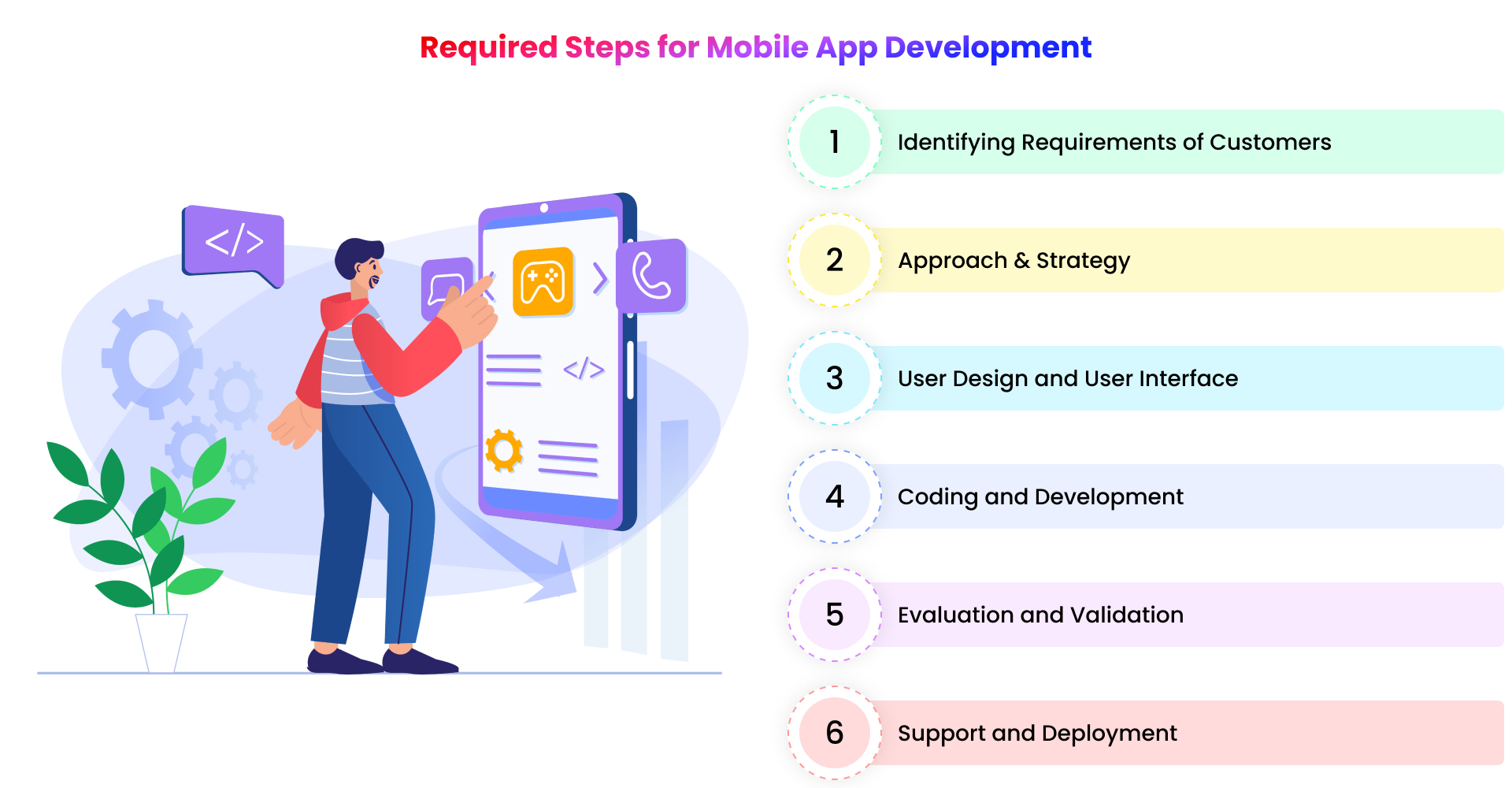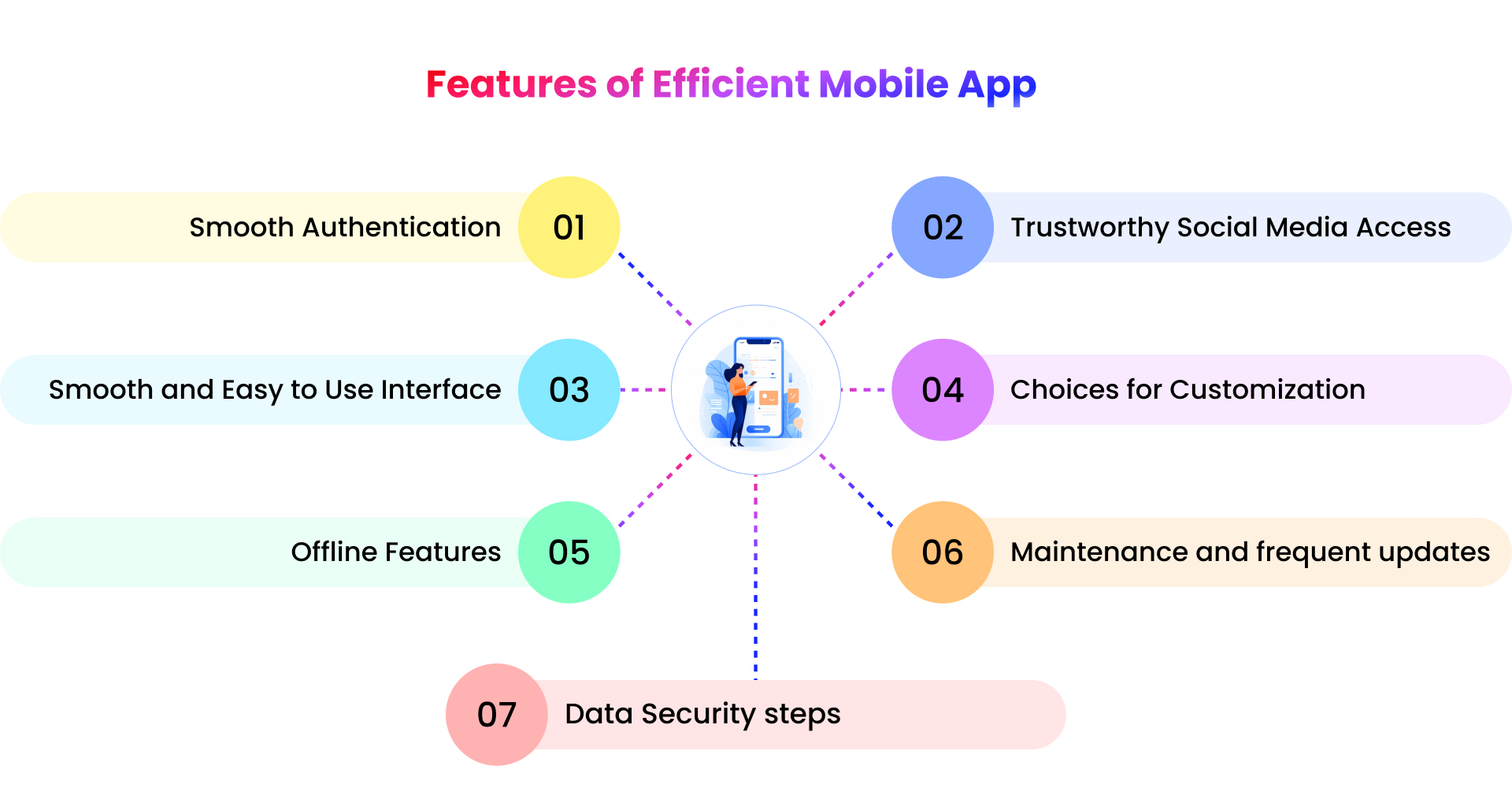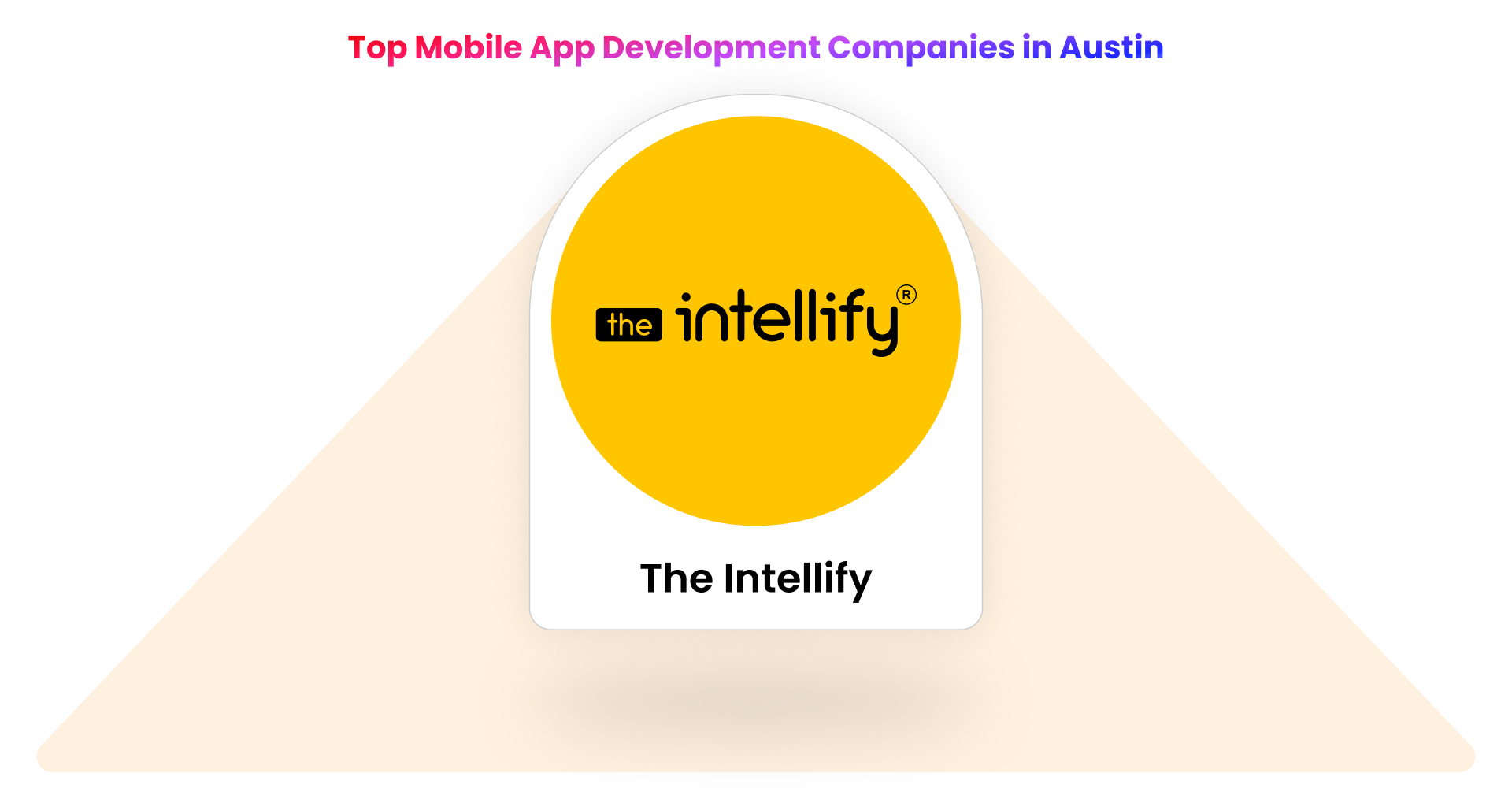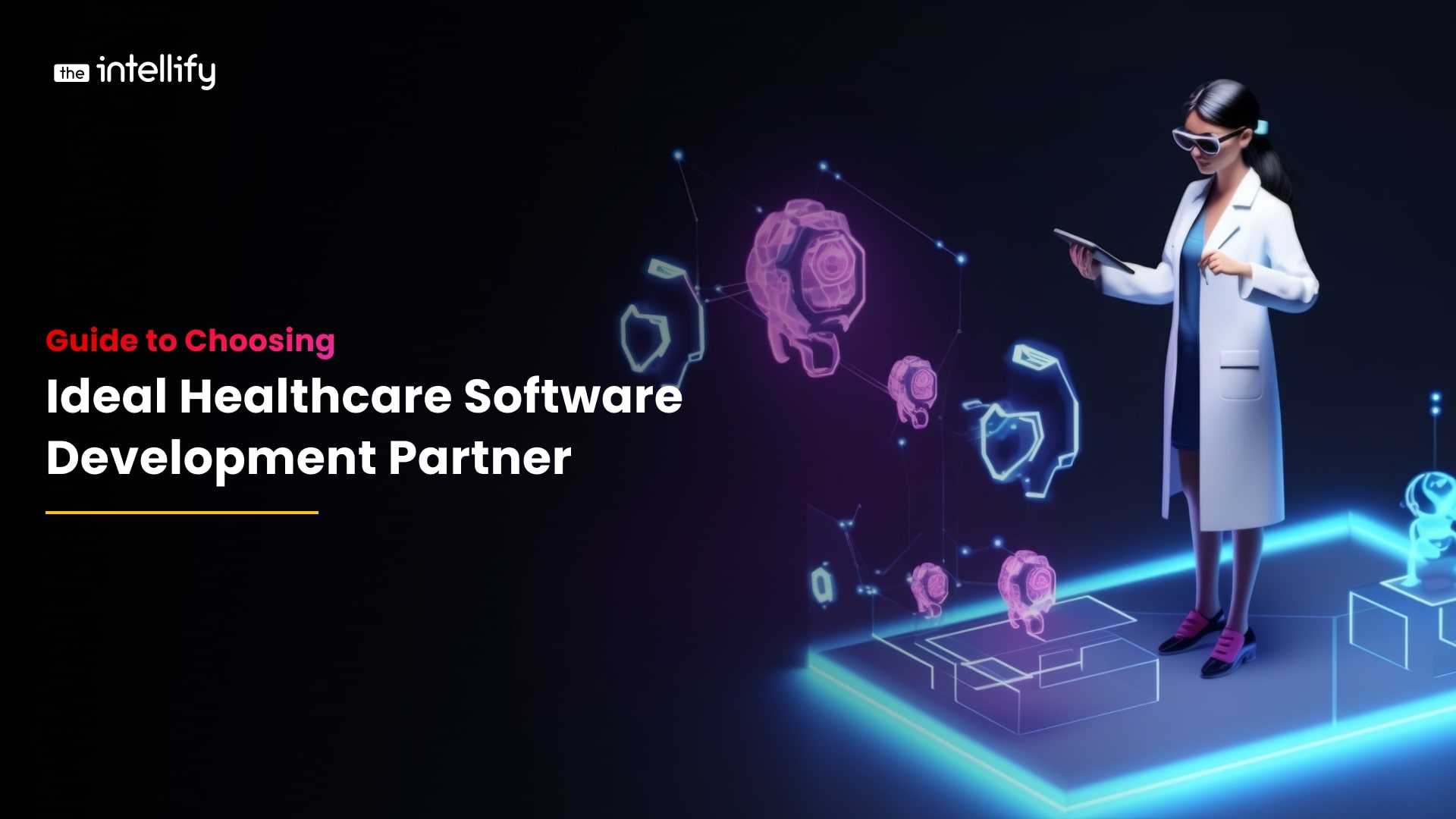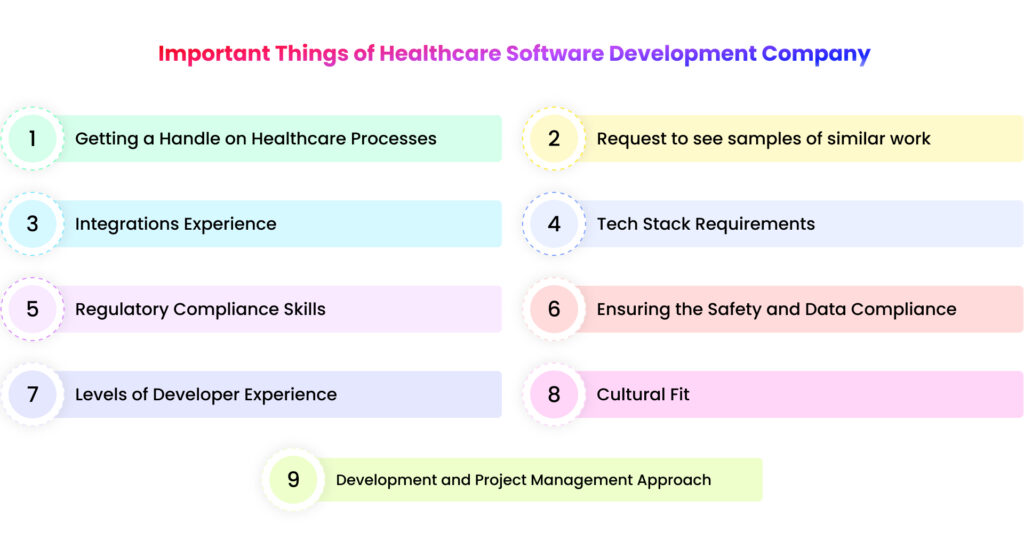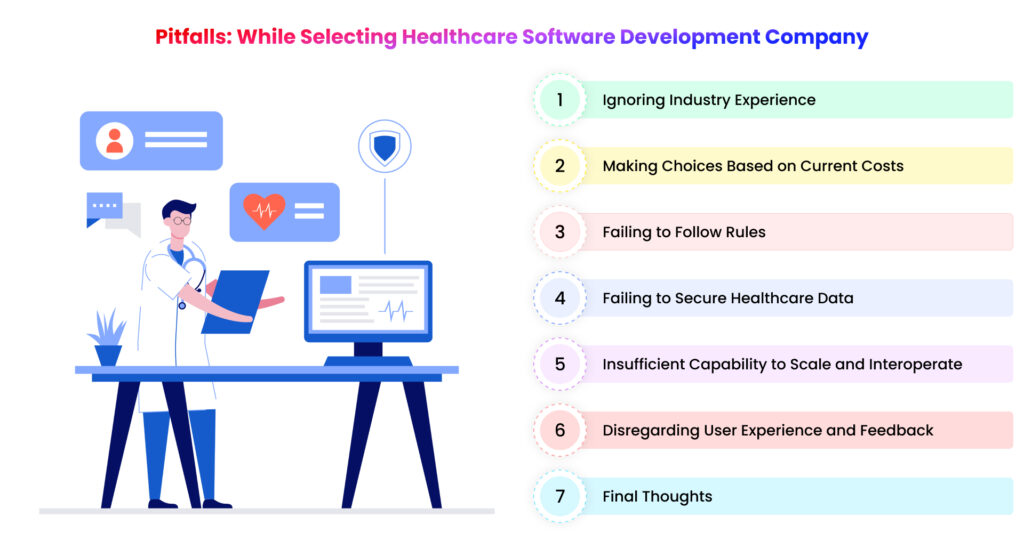Artificial Intelligence (AI) transforms how businesses operate and innovate in today’s digital era. From smart automation to personalized customer experiences, AI technologies. Neural Networks, Machine Learning, and Generative AI are revolutionizing various sectors.
As we navigate through 2024, understanding these most important AI trends becomes essential for businesses to stay competitive and tap into new opportunities. The blog will explore the influence of generative AI applications shaping the future of technology. And business, from AI-driven employment changes to quantum AI and beyond.
How AI will Shape Future Technologies
Businesses in many sectors must keep up with the latest AI developments. And technological innovations to adapt to the ever-changing marketplace. Thanks to the latest artificial intelligence technologies, companies can take advantage of these trends, opening doors to new opportunities and helping them reach their objectives.
For companies to succeed in the future’s fast-paced. And a cutthroat business environment, understanding AI-powered solutions and AI adoption is no longer an option; it’s a need.
Transforming Business with AI-Driven Technologies
Neural Networks, Machine Learning (ML), and Generative artificial intelligence power AI. These tools are crucial in developing intelligent artificial intelligence systems that revolutionize company operations:
Neural Networks: Neural networks are the key components of AI that draw inspiration from the human brain. They include information-processing nodes, or “neurons,” linked to one another. Neural Networks shine in pattern recognition, making them perfect for applications like pictures. And voice recognition and providing the groundwork for smart automation.
Generative AI: Generative AI is an advancement in machine learning that allows computers to produce original, creative work. This encompasses not only text but also pictures and music.
Chatbots like ChatGPT, made possible by Generative AI solutions, can comprehend human language and produce replies like humans. This can completely alter how businesses communicate with customers and conduct internal operations.
Machine Learning: Machine learning (ML) is a cutting-edge technology that allows systems to learn and improve without human intervention or code. ML algorithms examine data and find patterns. And make predictions using statistical models and algorithms.
Organizations may automate decision-making and simplify operations. And boost efficiency via this adaptive learning process.
These state-of-the-art technologies work in tandem to provide smart automation instruments. The result is a competitive advantage in the dynamic corporate world, enhanced efficiency, and quicker decision-making.
Stepping Beyond GPT-3 and Into the Future of AI-Language Models
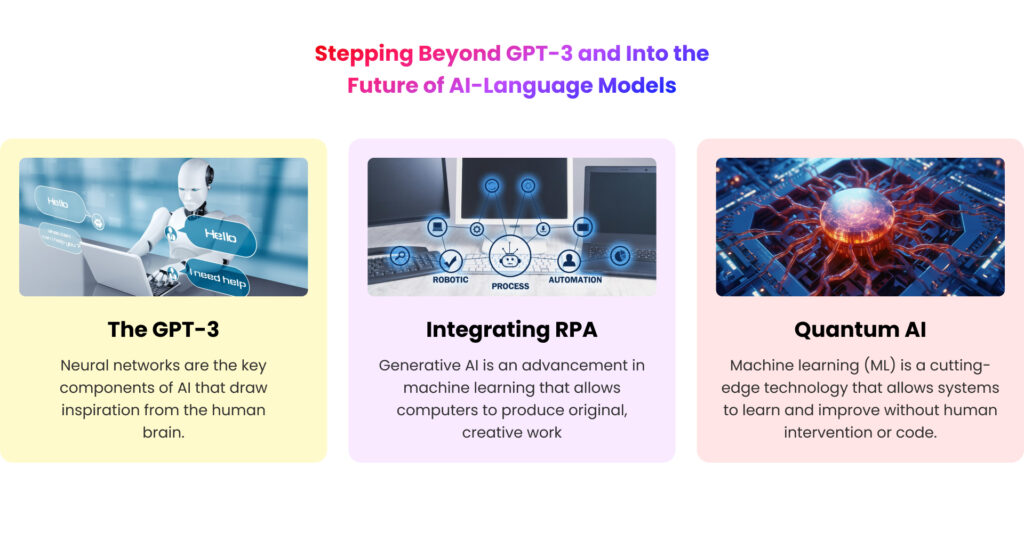
The development of new artificial intelligence technologies has been phenomenal. And with each new step, we go closer to realizing AI’s full promise. Several important developments are on this path from GPT-3 to the next frontier. And technologies are changing the face of artificial intelligence and language processing.
The GPT-3
When OpenAI unveiled its GPT-3, it was a watershed event in artificial intelligence. Demonstrating the power of language models in a way never before seen. With astounding parameters, GPT-3 proved that machine learning patterns could comprehend massive volumes of data, allowing them to produce coherent and appropriate text.
Integrating RPA (Robotic Process Automation)
As these models progress, a clear trend is toward integrating language models with RPA. This synergy simplifies company procedures. By automating mundane operations, enabling real-time analysis, and improving efficiency. By reducing human interaction in repetitive procedures, combining language models with RPA alters industries.
Quantum AI
Quantum computing is becoming a major player in artificial intelligence. The integration of Artificial intelligence technologies with quantum computing. Known as quantum AI, has the potential to solve difficult problems far faster than conventional computers could ever hope to. This changes the game for language models, allowing them to handle massive data sets.
Automated AI Resources
Generative AI tools make automated content creation by machines possible. They are an essential aspect of the advancement of AI language models. Their impact is seen in various uses, from content production to immersive experiences. And they are pivotal in determining how AI will drive creativity in the future.
Best 14 AI and ML Trends in 2024
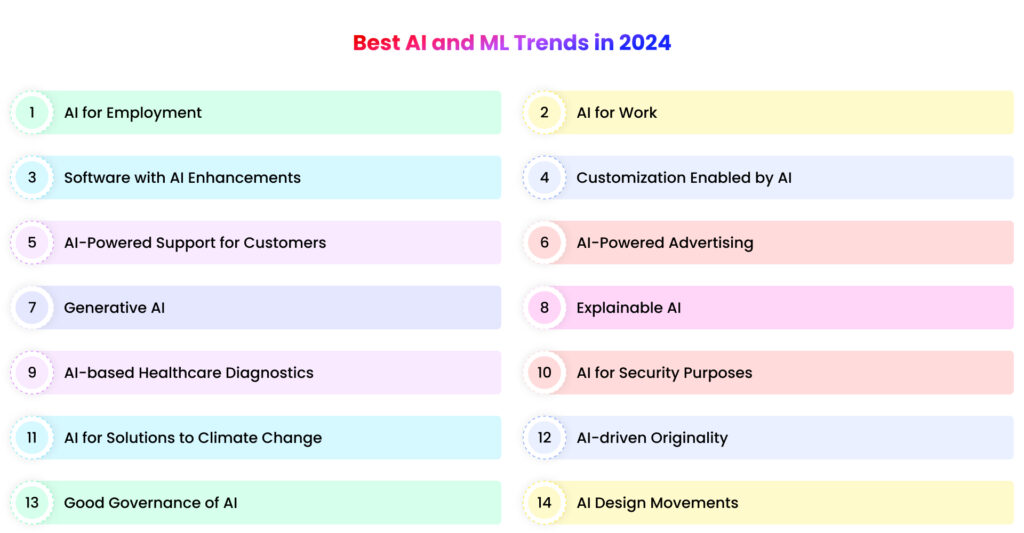
1. AI for Employment
Artificial intelligence (AI) can alter the nature of work by eliminating some positions. Creating new ones or enhancing current ones with new skills. The majority of these roles have simple, well-defined procedures. We foresee the following dangerous workplace situations:
- Robots that can make intelligent phone calls may one day replace human telemarketers;
- Possible elimination of bookkeeping jobs due to AI-powered accounting software;
- Bots and AI-powered software may soon replace retail sales personnel.
Due to intelligent AI helpers, companies may soon be able to cut receptionists and personal assistants. AI-powered specialized underwriting systems may soon supersede insurance underwriters.
Yet, more and more knowledge workers are looking for AI-based solutions to help them improve their skill set. These solutions can help them generate ideas, write compelling text, edit videos, and create stunning images.
Artificial intelligence systems are already assisting the legal community in comparing case patterns to those of the past and medical practitioners in synthesizing patient data. More people must work in AI, content creation, and research.
This includes data scientists and engineers specializing in deep learning and machine learning, chief AI officers, AI solution architects, AI product managers, and developers of AI chatbots.
2. AI for Work
Workplaces may use AI for human resources, marketing, and production duties. Human resources professionals might streamline the sourcing, shortlisting, interview scheduling, recruiting, and onboarding processes with the help of AI.
Additionally, every sector may discover its unique approach to maximizing AI’s potential. For example, using computer vision (CV) based on artificial intelligence (AI) could be useful for factories in identifying mistakes made during production lines.
CV apps will likely be developed for inventory management in the retail business. Insurance firms may use CVs on drones to inspect claims for damaged property.
3. Software with AI Enhancements
Apps, both old and new, will get AI features to make them more useful and provide users with a better experience. AI-augmented reality applications will introduce new features. And applications for current tools in the future.
According to Gartner, the number of new AI applications will almost double by 2026. An app is an example of a web-based writing and editing tool enhanced by AI.
4. Customization Enabled by AI
By 2024, individualized user experiences will be driven by artificial intelligence and machine learning. To provide customers with hyper-personalized information and suggestions for products and services. Businesses will use sophisticated algorithms to study customer habits, tastes, and past data. Also, this trend will boost engagement and loyalty across various businesses to raise happiness levels.
5. AI-Powered Support for Customers
The application of AI in customer service will allow for identifying consumer preferences and providing tailored support. The implementation of AI-driven customer help processes has already begun at some firms.
The in-platform AI guides the client through the various AP procedures. And provides solutions to their queries as they arise. Chatbots and customized large language models (LLMs) powered by artificial intelligence (AI). And will start to grasp how your company operates and engage in customer discussions.
Modern customer support systems combine customer activity data to better serve them across many channels, such as your app, website, chatbot, email, and social media. Then, use this data to craft tailored user encounters.
6. AI-Powered Advertising
The growing number of AI solutions marketers use will benefit lean marketing operations, SEO content creation, and repurposing. To provide a few examples, AI helpers like ChatGPT and MarketingBlocks. And Google Assistant may help you get more done with less by organizing your to-do list. And creating marketing assets and conducting research.
7. Generative AI
Companies are realizing the time and money savings of adopting generative AI technologies to generate new content, such as text, photos, and videos. Blog entries, video scripts, song lyrics, and even poetry may be fashioned with artificial intelligence systems like ChatGPT and Jasper, which both individuals and corporations use.
The more familiar consumers become with generative AI, the more likely they will experiment with making other media. Anyone without design abilities may use AI picture generators to create visual media from text descriptions.
8. Explainable AI
More and more people are looking for AI systems that are open and easy to understand as they grow in complexity. An important new trend, explainable AI (XAI), will ensure that ML models can explain their choices. Achieving user trust, meeting regulatory requirements, and helping organizations comprehend. Resolving issues with AI-driven decision-making all depends on this level of openness.
9. AI-based Healthcare Diagnostics
The rapid adoption of AI and ML for diagnostics and predictive analytics is on the horizon in the healthcare industry. More precise prediction and individualized treatment programs. Early illness diagnosis will be possible thanks to sophisticated algorithms that examine medical pictures, genetic information, and patient records.
This development threatens to reshape healthcare software development. And will set diagnostic precision and treatment results to soar.
10. AI for Security Purposes
The rising complexity of cyber threats will prompt the incorporation of AI into cybersecurity measures. To keep up with ever-changing security threats.
We’ll use machine learning algorithms to spot and counter them. By taking this preventative measure, businesses may fortify their defences and find security holes. And safeguard important information, all while preventing cyber attacks from worsening.
11. AI for Solutions to Climate Change
AI will make great progress in combating climate change. Machine learning techniques will analyze massive environmental information. Optimize resource allocation and develop climate-related event prediction models.
With the support of AI-driven solutions, businesses, and governments can make better choices to reduce the effects of climate change, which will aid sustainability initiatives.
12. AI-driven Originality
By 2024, artificial intelligence will have permeated many parts of the creative process, from art and design to content production. Collaborating with human creators, and generative models.
AI-driven technologies will aid brainstorming, design revisions, and content development. While this tendency won’t replace human creativity, it will enhance it. And provide more varied and inventive results.
13. Good Governance of AI
Given the pervasiveness of AI technology in modern life, a greater focus on ethical AI governance is inevitable. The proper use of AI, ethical concerns, and prejudice reduction will take centre stage.
In response to worries about responsibility, privacy, and the social effects of AI, businesses. And regulatory agencies will design and execute systems to guarantee honest and open AI practices.
14. AI Design Movements
In 2024, AI will shape design trends, particularly in 3D animation and user interface/user experience (UI/UX) design. Integrating AI into these processes allows designers to make more informed, data-driven decisions. Tools like Lookback enable designers to gather rich user behaviour data.
Such as click-through rates (CTRs) and mouse movement heatmaps, providing valuable insights into user interactions with interfaces. To make this data actionable, designers can leverage advanced AI applications to analyze thousands of user data points. And translate them into practical UI/UX design directives.
In 3D animation, algorithms based on artificial intelligence will be instrumental in creating detailed visual effects, settings, and characters. These algorithms serve as the computer’s guidelines for content creation.
By employing these AI-driven tools, 3D modellers can save significant time. And effort, allowing algorithms to generate images and videos rather than starting from scratch. This fusion of AI with design processes is set to revolutionize how designers work. And making their tasks more efficient and their creations more innovative.
Final Thought
AI is not a technological advancement; it’s a transformative force driving change across industries. As we’ve seen, AI-powered solutions enhance efficiency, automate tasks, and create new avenues for innovation. AI’s potential is vast and promising, from healthcare diagnostics to climate change solutions.
As businesses and individuals embrace these AI trends, they’ll be better positioned to adapt to the evolving digital landscape. And harness the power of AI for a brighter future.

![Top Artificial Intelligence Trends [2024 Updated]](https://theintellify.com/wp-content/uploads/2024/04/top-artificial-intelligence-trends.jpg)





